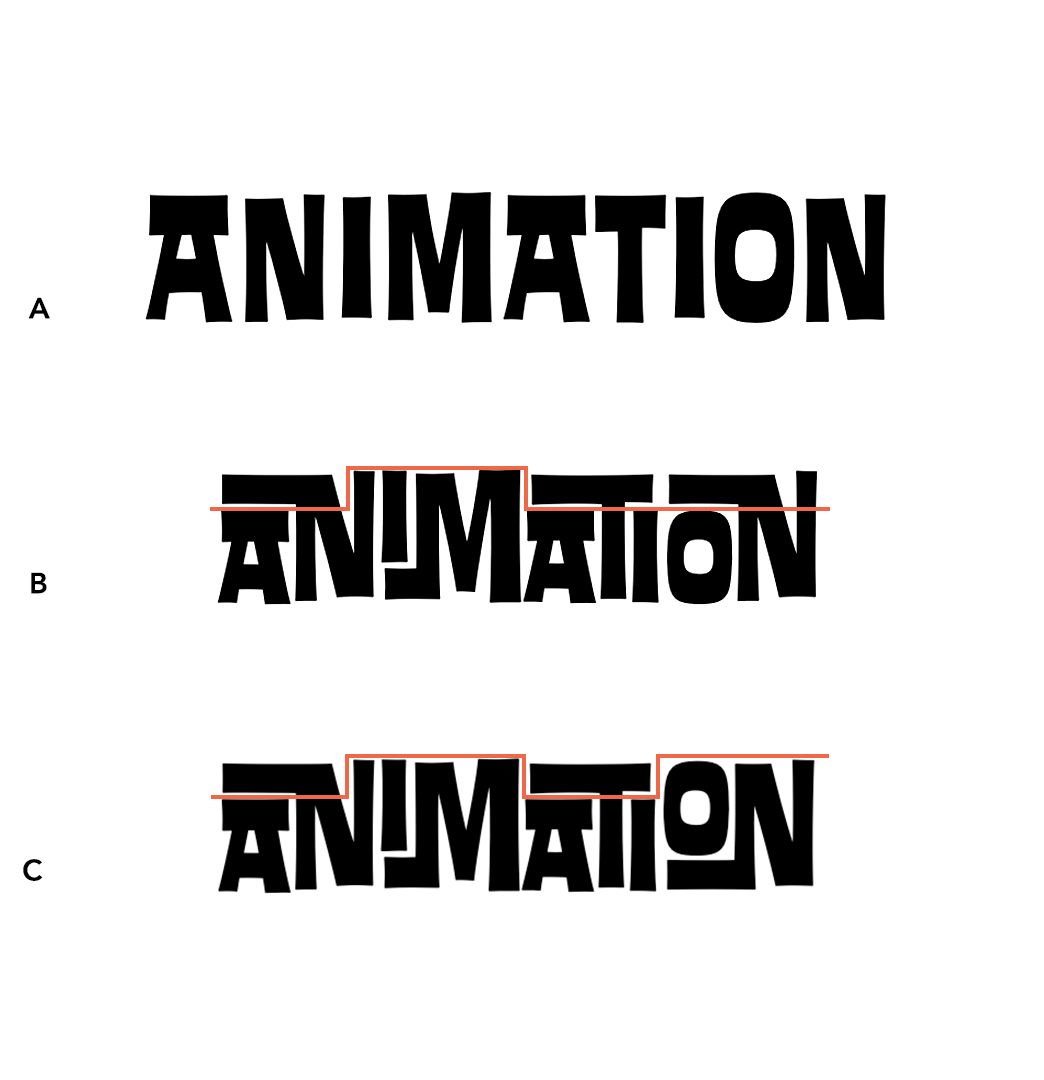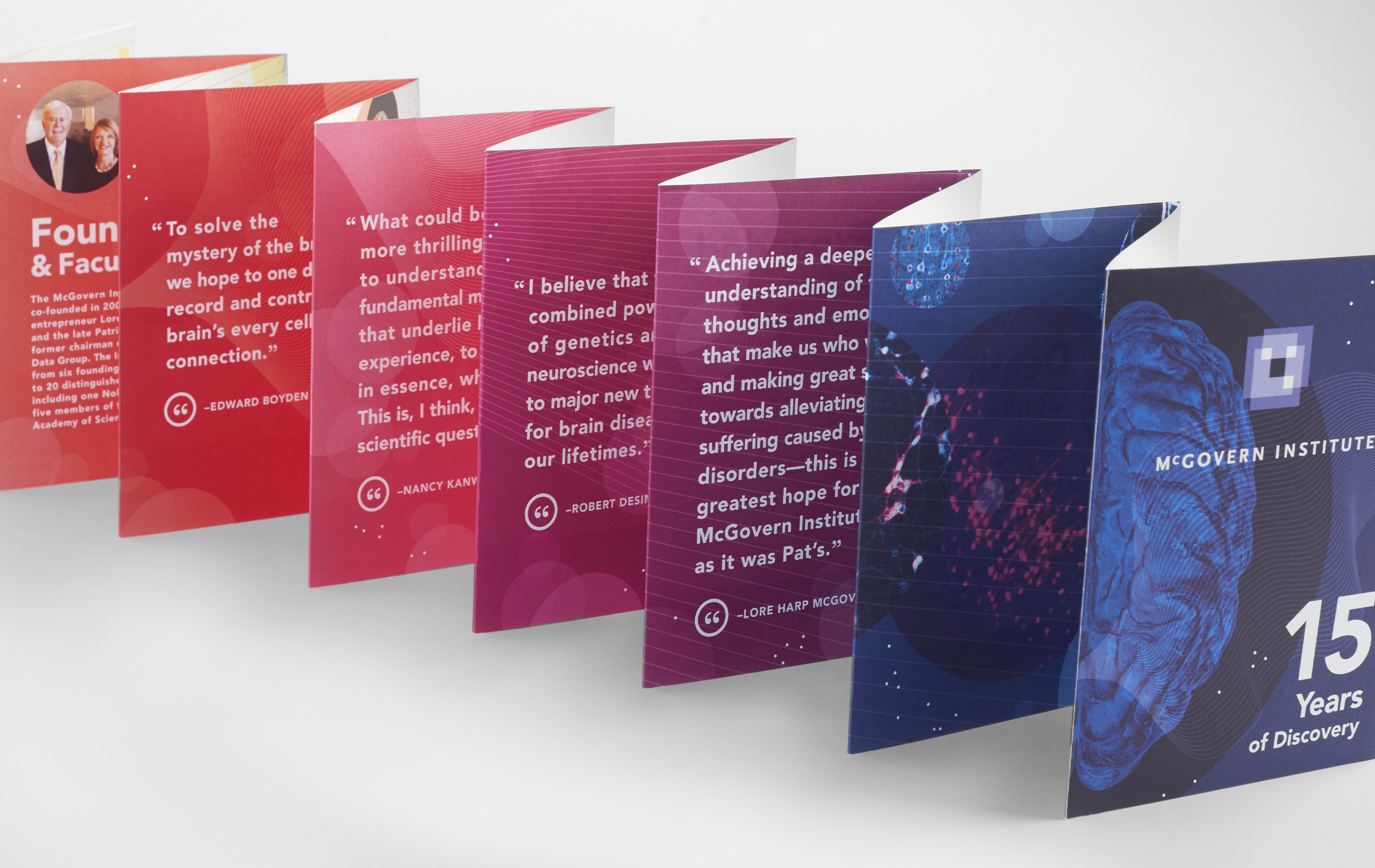2 October 2023
The
Ed Interlock font uses “Artificial Ed-telligence to arrange letter combos for a more hand-done appearance!” exclaims its creators, House Industries.
What is AI up to now you might ask? “Disrupting the type industry,” perhaps? Here is the problem: handwritten digital fonts don’t really look convincingly like actual handwriting. There are many reasons for this, but one reason is that font software simply cannot make design decisions the way a professional letterer can. It cannot ensure that each individual letter in a word works beautifully with the others, in an overall balanced way.
Enter Ed Interlock. This is best explained using the visual below.

A. Letters do not overlap. Each letter of the typeface is sitting next to each other. If you squint your eyes, you can see that A has a lot of awkward empty 'white space' around the letters compared to the B and C. This looks like something done by a computer.
B. Letters overlap depending on the letter sitting to either side. Here we have the AN, IM, ATI and ON overlapping so that these pairs of letters fit nicely together with no awkward white space. These overlapping letters are called “ligatures.”
C. Letters overlap depending on the letter sitting to either side AND on the letters found in the entire word. This is an example of the font technology at work. The software can detect that B is off-balance: three of the ligatures are low and only one is high. To fix this, it automatically sets the last ligature high (the letter pair “ON”). Now we have four ligatures that are balanced: low, high, low and high.
In C, the word looks much more like something a design professional would create, rather than a computer. The font technology, called Open Source, is not actually new, but it is being used in a new way. Open Source allows for contextually-sensitive languages to be typed on a computer. These include Arabic and Sanskrit, where a letter shape depends on where, and in what order, it appears within a word or string of words.
If you would like to work with this typeface with one of your projects, please do get in touch! Of course, we work with many many other typefaces as well, and can help you find the one that best fits your particular project.



